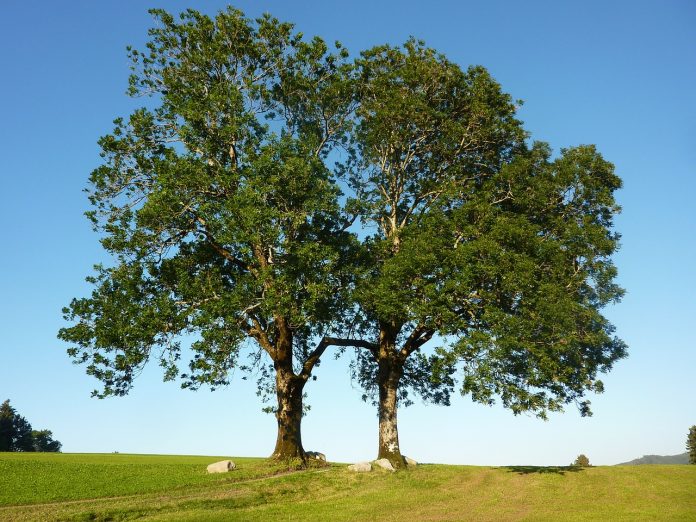Since the emerald ash borer arrived over a decade ago in Michigan, we here in Ohio have been witnessing one of the great forest calamities since the Dutch Elm disease appeared and the American Chestnut blight ravaged that great tree.
One of the most common questions we received over this decade period was, what can I do?
Treatment options
If they were yard trees, you could treat them with a basal chemical compound each year and perhaps save a few yard trees. If it was woodlot trees, your only real hope was to harvest them for timber.
As long as you did it soon enough and were willing to live with the onslaught of the invasives into the future. One thing I have noticed is if ash trees were present in your woods or fence rows, they are partially present today in the form of new saplings from the existing seedbed that has been propagating new ash trees over the decades.
The longevity or survival of these saplings is short-term at best. If this is true, then how soon will the ash borer attack these new saplings.
Probably as they approach 1 inch in diameter. I have observed some that made it to 4 inches before being attacked. None-the-less, I really find the whole thing disgusting.
Such a wonderful tree species — grew fairly quickly, not messy, usable wood, and a great firewood source.
In north central Ohio, the tree was at its most prominent density of population. Those of us who had predominate woodlots of ash ask the obvious question, what can I do in those woodlots now that they are falling over, the sunlight is coming in, the understory is showing signs of briars, multiflora rose, grape vines and other invasive species.
Replacement species
Also, is there a good replacement species or is not worth the effort? So, I asked our resident expert and ODNR state service forester, John Jolliff, for insight.
He said if they are not dead, they are infested. He also mentioned a few people have eliminated the invasive surge with hard work and perseverance by preventing the bush honeysuckle, buckthorn, briars and multiflora rose to get started.
However, most owners choose to let it all go because of the time requirement. It takes a lot of work to convert a woodlot to a new dominate native species. He mentioned green ash, white ash and black ash are the most preferred by the borer, and blue ash is the least desirable for the borer.
He mentioned mountain ash is not a true ash species, so they are not impacted. I guess unless nature fights back and a few ash trees survive then science will have to begin looking at cross-breeding with another ash tree from somewhere like the American Chestnut Foundation. It is crossing American Chestnut trees with Chinese Chestnuts to give the chestnut some blight resistance.
The difference with ash trees is that darn emerald ash borer is a bug, not a fungus.













